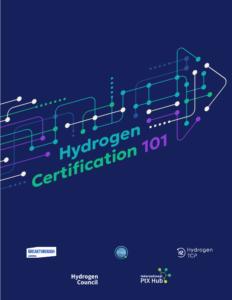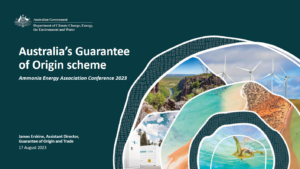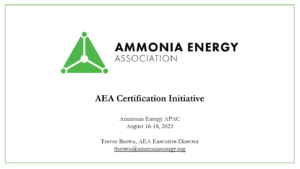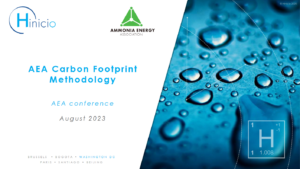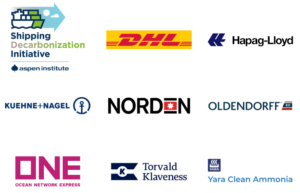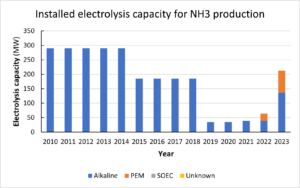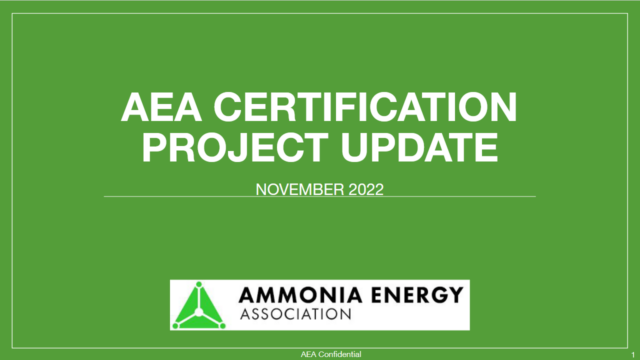India: new state-level hydrogen & ammonia policy, national hydrogen standard
The state government of Andhra Pradesh launched its new hydrogen and ammonia policy in June, including a production target of up to 2 million tonnes per year of renewable ammonia, plus a raft of incentives to attract project developers to the Indian state. The news comes as India’s Ministry of New and Renewable Energy sets the standard for “green” hydrogen produced in the country.

